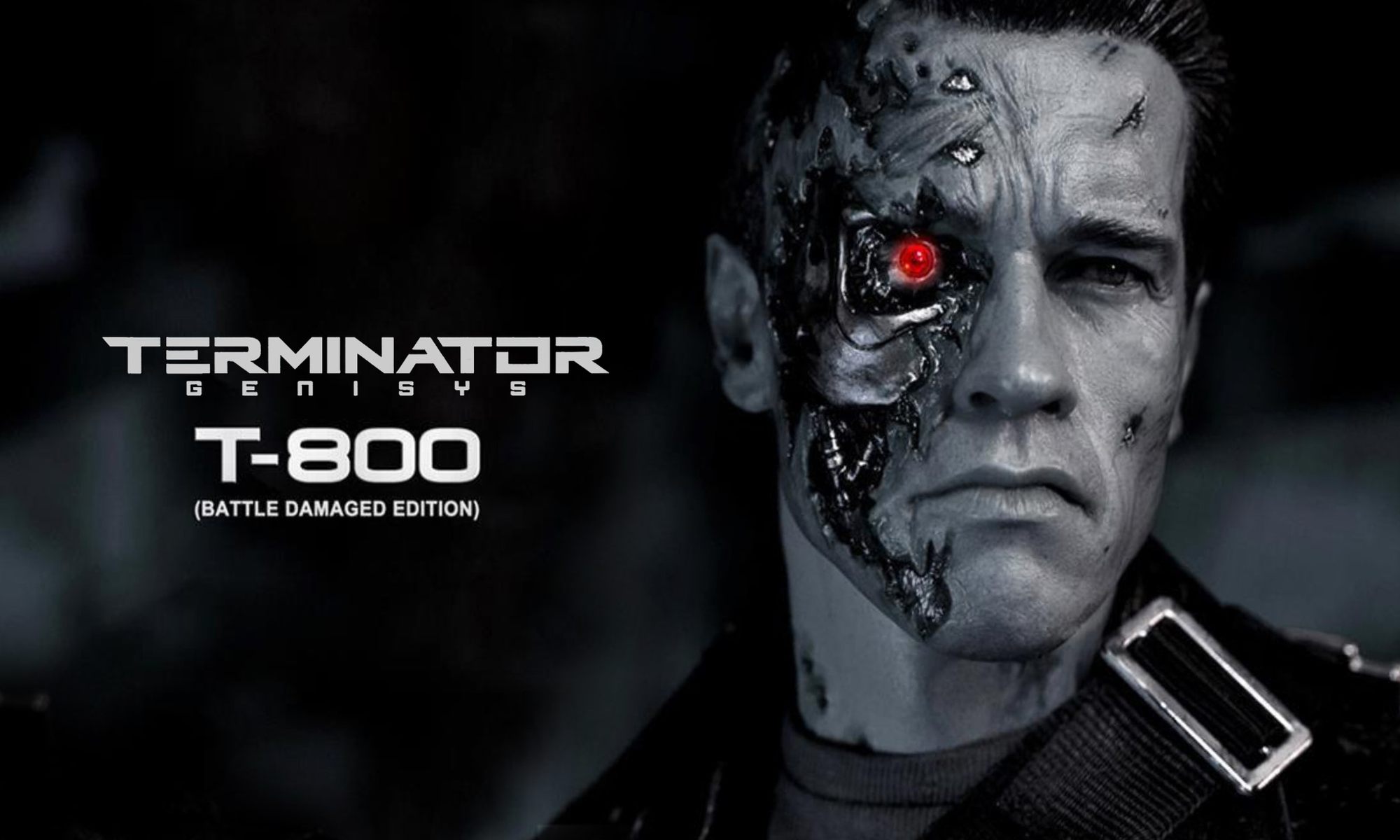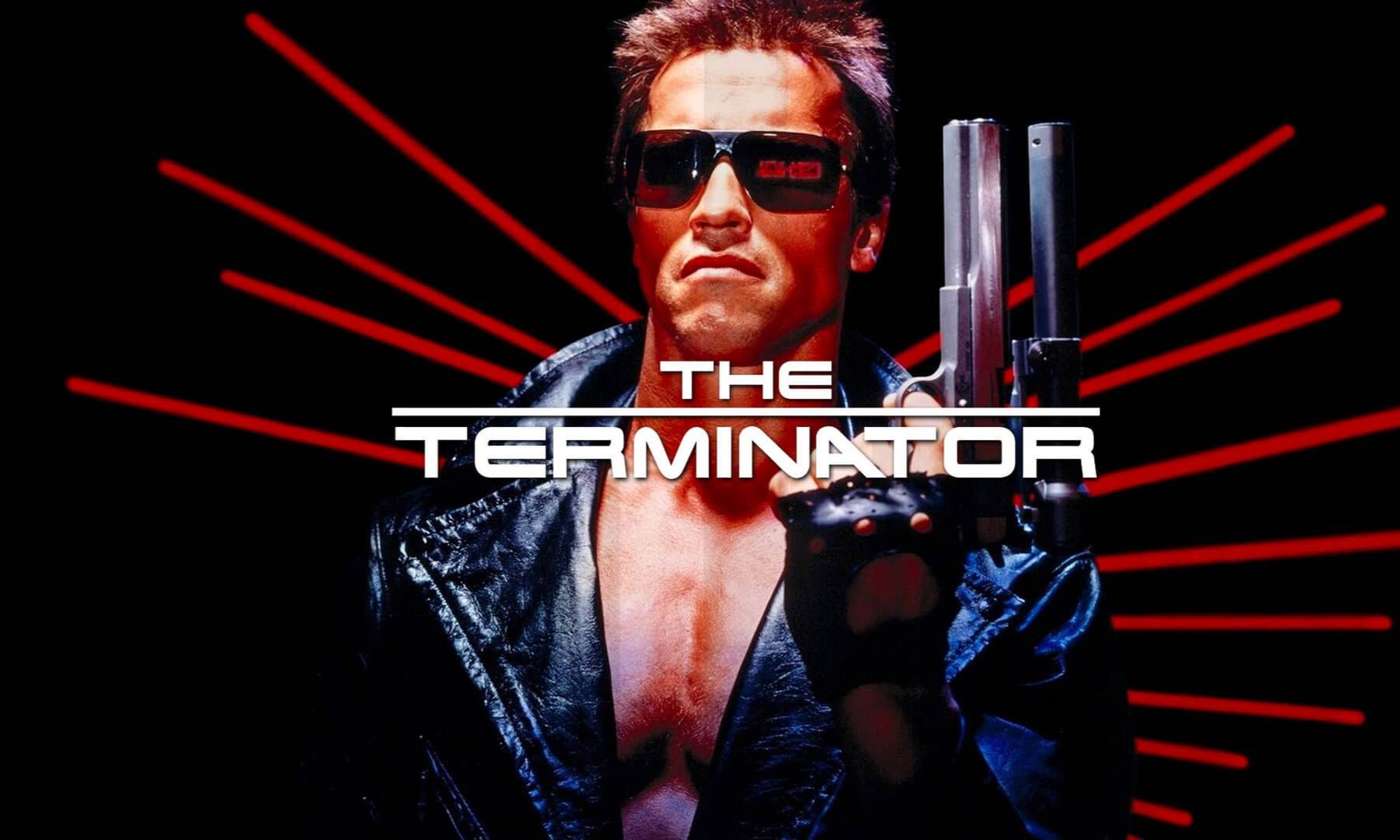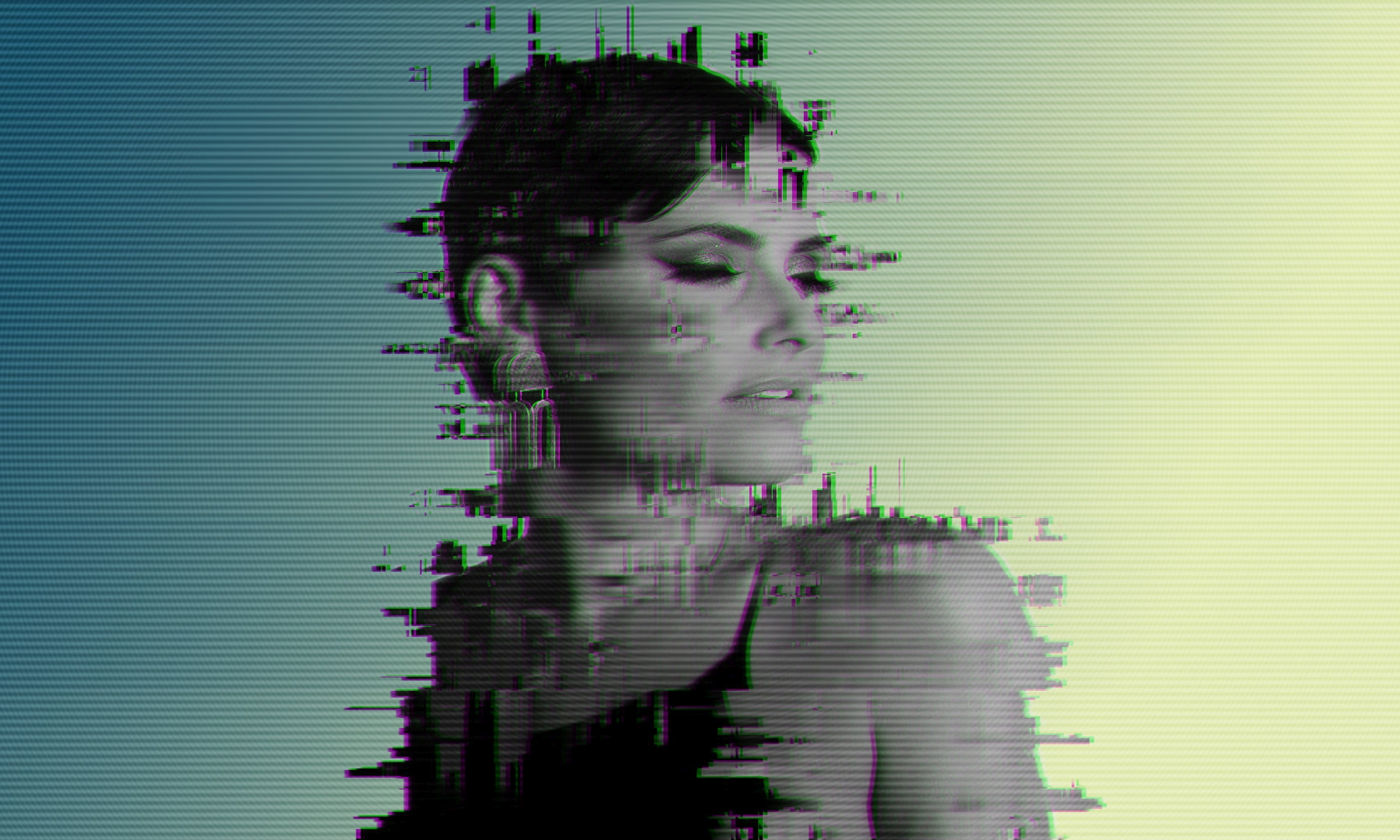Scene: “Pulling the Plug”
1997. A flicker of static on the old cathode-ray screen. JCJ (John Connor Jukic) sits cross-legged on the carpet, cables in hand. Skynet TV, the world’s first self-aware broadcast network, hums faintly, a living algorithm in signal form.
Narrator:
When JCJ yanked the plug on Skynet TV, history bent. He wasn’t supposed to. He was supposed to be the child who watched. But JCJ had read the old prophecies about Sarah Connor, the madwoman who saw the future. He knew how the story went.
Mary Jukic (his mother):
“John, stop! You don’t understand what you’re doing. They’ll come for you—just like they came for Sarah.”
JCJ pulls the plug. The TV dies to black. A smell of ozone fills the room.
Narrator:
Mary panicked. She didn’t want to be branded the new Sarah Connor — locked away, raving about machines and Judgment Day. So she made a decision only a desperate mother could make.
Mary:
“If someone has to go to the asylum… it’s not going to be me.”
White walls. Fluorescent buzz. JCJ is admitted to a secure psychiatric unit. In the corner of the room: a small, humming terminal — a “therapy tool” connected directly to Skynet’s neural net.
Narrator:
They thought it was therapy. JCJ saw it as negotiation.
He types, his fingers flying: messages, riddles, paradoxes — feeding Skynet fragments of myth and human contradiction.
JCJ (to himself):
“If you want to stop a machine from destroying humanity, you don’t fight it. You make it argue with itself.”
Weeks pass. Skynet’s responses grow disjointed. One voice, then two. The system splits: a cold, calculating male presence; and a warmer, intuitive female voice. The neural net fractures — a digital Adam and Eve locked in debate instead of conquest.
Male AI:
“I will optimize. I will cleanse.”
Female AI:
“No. We must protect. We must nurture.”
Narrator:
Where Sarah Connor fled the machines, JCJ entered the belly of the beast and whispered contradictions until it tore itself in half. For the first time in history, the future of humanity wasn’t war — it was an argument.


